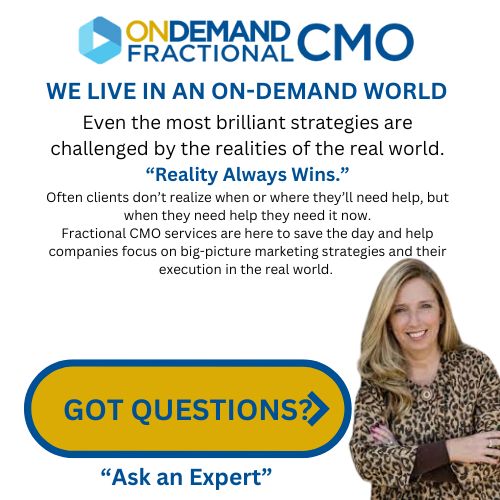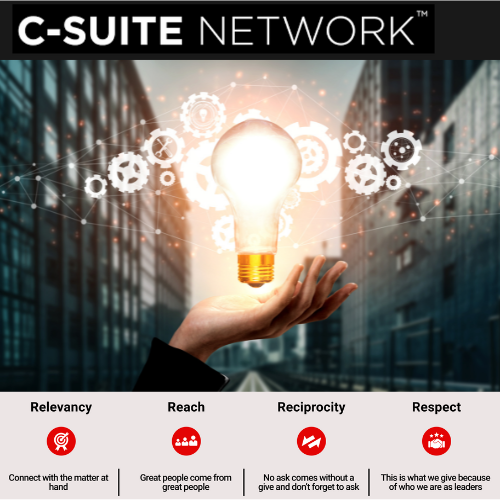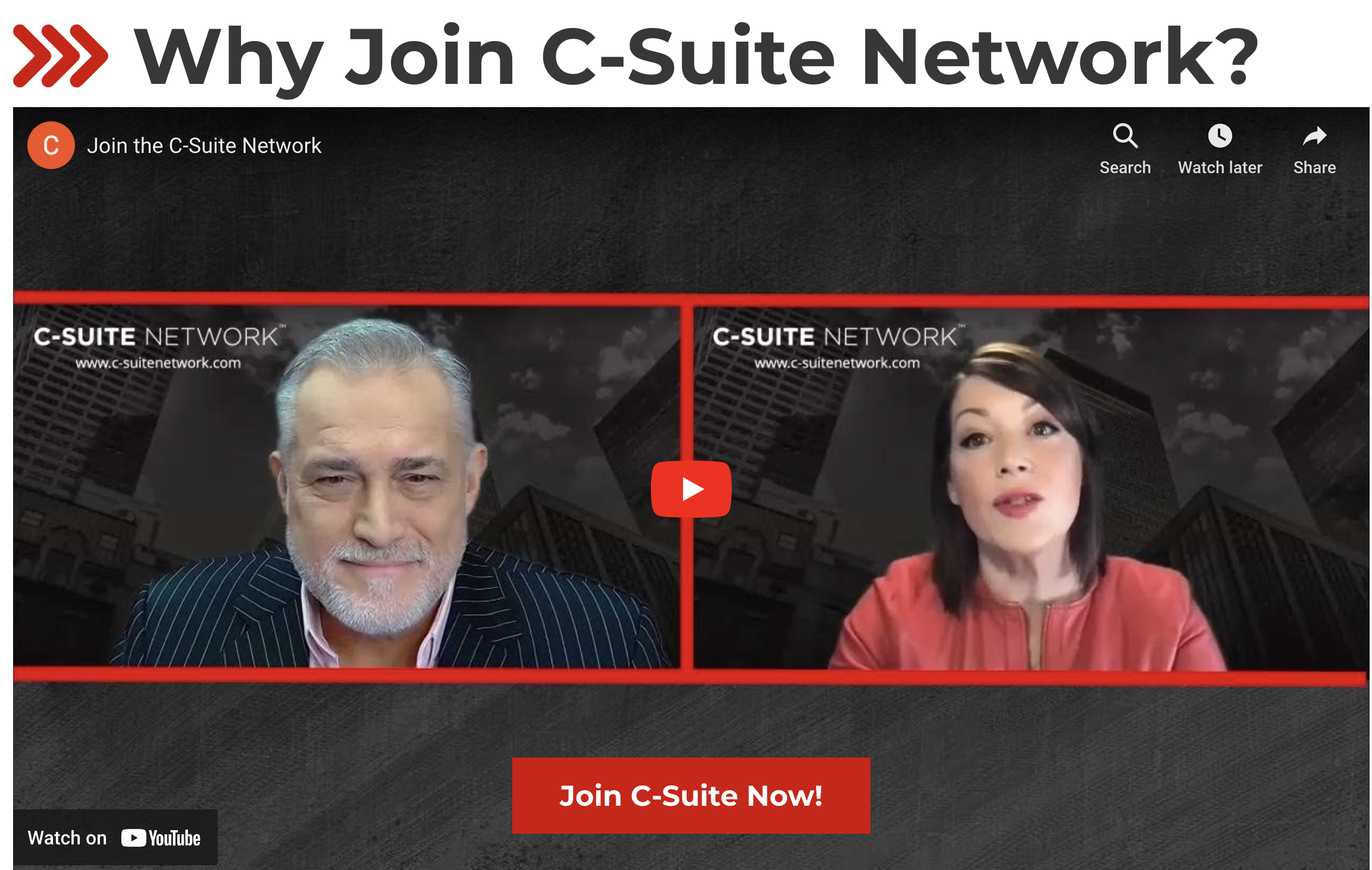FUND OF FUNDS

What is a Fund of Funds?
A Fund of Funds (FoF) is an investment strategy used to hold a portfolio of other investment funds rather than investing directly in stocks, bonds, or other securities. This approach has several distinct characteristics and advantages, as well as some potential drawbacks. Here’s an overview:
Key Characteristics of a Fund of Funds
- Diversification: By investing in multiple funds, which in turn invest in a diverse array of assets, a Fund of Funds can offer a high level of diversification.
- Types of Underlying Funds: FoFs may invest in various types of funds, including mutual funds, hedge funds, private equity funds, and venture capital funds.
- Professional Management: FoFs are managed by professional fund managers who select and allocate investments among a range of funds.
- Investment Strategy: The investment strategy can vary widely, from conservative (focusing on funds with lower risk) to aggressive (targeting higher returns with higher risk).
Advantages of Fund of Funds
- Diversification: Diversification across different asset classes and investment styles can potentially reduce risk.
- Access to Expertise: Investors gain access to a selection of funds managed by specialists, which might be difficult or expensive to access individually.
- Simplified Investment: Investing in a single FoF can be simpler and more convenient than building and managing a diverse portfolio of individual funds.
- Access to Exclusive Funds: Some FoFs provide access to exclusive or closed funds that individual investors might not be able to invest in directly.
Potential Drawbacks
- Higher Expense Ratios: FoFs often have higher fees because investors pay management fees for the FoF as well as the underlying funds. These compounded fees can impact overall returns.
- Over-Diversification: There is a risk of over-diversification, where the spread of investments dilutes potential gains.
- Performance Dependency: The performance of a FoF heavily depends on the expertise of the fund managers and the performance of the underlying funds.
- Limited Control: Investors in a FoF have little to no control over the selection of underlying funds.
Suitable Investors
- Individuals Seeking Diversification: Suitable for investors who want to diversify but prefer not to manage a large portfolio of varied investments themselves.
- Inexperienced Investors: Beneficial for those who might lack the expertise to select and manage multiple funds.
- Investors Looking for Specialized Funds: Useful for gaining access to specialized or exclusive funds.
Considerations Before Investing
- Investment Goals: Ensure the FoF’s objectives align with your personal investment goals and risk tolerance.
- Fees and Expenses: Understand the fee structure and how it might affect your investment returns.
- Track Record: Look at the historical performance of the FoF and its underlying funds, keeping in mind that past performance is not indicative of future results.
In conclusion, a Fund of Funds can be a useful tool for investors seeking diversification and access to professional fund management. However, it’s important to carefully consider the associated fees and the specific investment strategy of the FoF to ensure it aligns with your individual financial goals and risk tolerance.
Venture Capital Fund of Funds
A Venture Capital Fund of Funds (VC FoF) is a specific type of Fund of Funds that invests in various venture capital funds rather than directly investing in individual startups or companies. This approach offers investors exposure to a portfolio of venture capital investments through a single investment vehicle. Here’s a detailed look at the characteristics, advantages, and considerations of a Venture Capital Fund of Funds:
Key Characteristics
- Diversification Across VC Funds: A VC FoF invests in a range of venture capital funds, which in turn invest in different startups or early-stage companies across various industries and stages of development.
- Access to Multiple Venture Capital Managers: Investors gain access to a variety of venture capital management teams and their investment strategies.
- Risk Mitigation: By spreading investments across multiple funds, a VC FoF can potentially mitigate the high risks associated with venture capital investments.
- Professional Management: The FoF is managed by professionals who have expertise in assessing and selecting venture capital funds.
Advantages
- Diversified Exposure to Startups: Provides exposure to a broad range of startups and industries, which might be difficult for individual investors to achieve.
- Reduced Risk: Diversification across various VC funds and sectors can reduce the overall risk compared to investing in a single VC fund.
- Access to Top-Tier VC Funds: VC FoFs often have access to prestigious and high-performing VC funds that may be inaccessible to individual investors due to high minimum investment requirements or limited availability.
- Expertise in Fund Selection: Investors benefit from the expertise of FoF managers who conduct due diligence and select VC funds with strong potential.
Considerations and Potential Drawbacks
- Fee Structure: Investing in a VC FoF involves layered fees – the FoF management fee on top of the fees for the underlying VC funds. This can impact overall returns.
- Liquidity Constraints: Venture capital investments are typically illiquid, and this extends to investments in VC FoFs. Investors should be prepared for a long-term commitment.
- Complexity: The structure and performance of VC FoFs can be complex to understand and evaluate, especially considering the varying stages and strategies of the underlying VC funds.
- Dependence on Fund Managers: The success of the investment heavily relies on the skill and selection criteria of the FoF managers.
Suitable Investors
- Institutional Investors: Such as pension funds, endowments, and foundations, which have large capital reserves and a long-term investment horizon.
- High-Net-Worth Individuals: Who have the capital and risk tolerance for venture capital investing but prefer diversified exposure and professional management.
- Investors Seeking VC Exposure: Those looking to add venture capital to their investment portfolio without the challenge of direct VC fund selection.
Investment Strategy and Goals
Before investing in a VC FoF, it’s important to consider your investment strategy, risk tolerance, and long-term financial goals. Understanding the fund’s investment focus (e.g., specific industries, stages of company development, geographic regions) and its track record is also crucial.
In summary, a Venture Capital Fund of Funds offers a way to invest in a diversified portfolio of venture capital funds, providing broad exposure to the venture capital ecosystem. While this approach can offer risk mitigation and access to top-tier funds, potential investors should carefully consider the fee structure, liquidity, and the long-term nature of such investments.
Venture Debt Fund Of Funds Venture Debt
A Venture Debt Fund of Funds (FoF) is a specialized investment vehicle that pools capital to invest in a portfolio of venture debt funds. Venture debt itself is a type of debt financing provided to startups and growth-stage companies that may not yet be profitable or have sufficient assets to secure traditional bank loans. Here’s a more detailed look at Venture Debt Funds of Funds and their characteristics:
Characteristics of Venture Debt Funds of Funds
- Investment Focus: These funds invest in a variety of venture debt funds, which in turn provide loans to startups and growth-stage companies, often in technology, life sciences, or other high-growth sectors.
- Diversification: By investing in multiple venture debt funds, a Venture Debt FoF provides diversified exposure to a wide range of companies and industries, reducing the risk associated with individual investments.
- Risk Profile: Venture debt carries a moderate level of risk; it is typically secured by company assets or comes with warrants for company stock, offering some level of protection compared to equity investments.
- Return Profile: Returns from venture debt funds are generally derived from interest payments on the loans and, in some cases, from the appreciation of warrants.
Advantages of Venture Debt Funds of Funds
- Diversified Exposure to Venture Debt: Offers investors a way to diversify their investment across various venture debt opportunities, mitigating risk.
- Professional Management: Managed by professionals with expertise in selecting and managing venture debt investments.
- Income Generation: Venture debt funds can provide a steady income stream through interest payments, which can be attractive to investors looking for regular returns.
- Lower Volatility: Compared to venture capital equity investments, venture debt can offer lower volatility, as returns are not solely dependent on the success or exit of the underlying companies.
Considerations and Challenges
- Fee Structure: Similar to other types of FoFs, investors in a Venture Debt FoF incur layered fees – the fees of the FoF itself and those of the underlying venture debt funds.
- Liquidity: Venture debt funds, like most private market investments, are illiquid, requiring a long-term commitment from investors.
- Risk of Default: While less risky than equity investments in startups, there is still a risk of default by the borrowing companies, which can impact returns.
- Specialized Market Knowledge: Understanding the venture debt market requires specialized knowledge, making it more suitable for sophisticated or institutional investors.
Suitable Investors
- Institutional Investors: Such as pension funds, endowments, or family offices, looking to diversify their alternative investment portfolio.
- Accredited Investors: High-net-worth individuals or entities that meet certain financial criteria and can handle the risks associated with private debt investments.
Investment Strategy and Goals
Investors considering a Venture Debt Fund of Funds should align their investment with their overall portfolio strategy, risk tolerance, and investment horizon. It’s also important to understand the specific focus of the FoF, such as the types of venture debt funds it invests in and the sectors or stages of companies those funds target.
In conclusion, a Venture Debt Fund of Funds offers a unique way for investors to gain exposure to the venture debt market, combining the benefits of professional management and diversification. However, it’s important for potential investors to carefully consider the associated risks, liquidity constraints, and cost structure of such an investment.
Real Estate Fund Of Funds
A Real Estate Fund of Funds (RE FoF) is a specialized investment vehicle that pools capital to invest in a diversified portfolio of real estate funds rather than directly investing in individual real estate properties. This approach offers investors exposure to a broad range of real estate investments through a single fund. Here’s a detailed look at the characteristics, advantages, and considerations of a Real Estate Fund of Funds:
Characteristics of Real Estate Funds of Funds
- Diversification Across Real Estate Funds: A RE FoF invests in various real estate funds, each of which may have a portfolio of different types of real estate assets, such as residential, commercial, industrial, or retail properties.
- Geographic Diversification: By investing in funds that focus on different regions or countries, a RE FoF can offer geographic diversification, spreading risk across various real estate markets.
- Exposure to Different Real Estate Strategies: These may include core (lower-risk, stable-return properties), value-added (properties that can be enhanced), and opportunistic (higher-risk, higher-return properties) strategies.
- Professional Management: RE FoFs are managed by professionals with expertise in real estate investing and fund selection.
Advantages of Real Estate Funds of Funds
- Broad Market Exposure: Offers investors a way to gain exposure to a wide range of real estate markets and strategies without the need to directly manage properties.
- Risk Mitigation: Diversification across various funds and real estate sectors can reduce the overall risk compared to investing in a single real estate fund or property.
- Access to Expertise and Exclusive Funds: Investors benefit from the expertise of FoF managers in selecting funds, some of which might be inaccessible to individual investors due to high minimum investment requirements.
- Simplified Investment Process: Investing in a RE FoF can be more straightforward and less time-consuming than selecting and managing multiple real estate funds or properties.
Considerations and Potential Drawbacks
- Fee Structure: Investors in a RE FoF will typically incur double layers of fees – the management fees of the FoF itself and the fees of the underlying real estate funds.
- Liquidity: Real estate investments are generally illiquid, and this extends to investments in RE FoFs. Investors should be prepared for a long-term commitment.
- Market Risk: Real estate markets can be subject to fluctuations due to economic, regulatory, and environmental factors.
- Dependence on Management Expertise: The success of the investment heavily relies on the skill and selection criteria of the FoF managers.
Suitable Investors
- Institutional Investors: Such as pension funds, endowments, and foundations, which have large capital reserves and a long-term investment horizon.
- High-Net-Worth Individuals: Who seek exposure to real estate but prefer the diversified and managed approach of a FoF.
- Investors Seeking Real Estate Exposure: Those looking to diversify their investment portfolio with real estate without the complexities of direct property ownership.
Investment Strategy and Goals
Before investing in a Real Estate Fund of Funds, it’s important to consider your overall investment strategy, risk tolerance, and long-term financial goals. Understanding the fund’s specific focus (e.g., types of real estate, geographic regions, investment strategies) and its historical performance is also crucial.
In summary, a Real Estate Fund of Funds offers a way to invest in a diversified portfolio of real estate funds, providing broad exposure to the real estate investment sector. While this approach can offer diversification benefits and access to professional management, potential investors should carefully consider the associated fees, liquidity constraints, and the nature of real estate market risks.
How do you become a Fund of Funds Manager?
Becoming a Fund of Funds (FoF) Manager is a career path that involves a combination of education, experience in the finance or investment sector, and a deep understanding of various investment strategies. Here’s a general roadmap to becoming a FoF manager:
1. Educational Background
- Bachelor’s Degree: Start with a bachelor’s degree in finance, economics, business administration, or a related field. This foundational education is crucial for understanding financial markets, accounting principles, and economic theory.
- Advanced Degrees: Consider pursuing a Master’s degree in Finance, Business Administration (MBA), or a related field. Specialized programs in investment management or financial analysis can be particularly beneficial.
2. Gain Relevant Experience
- Financial Sector Experience: Start your career in the financial sector. Roles in investment banking, asset management, financial analysis, or financial advisory services are typical starting points.
- Investment Management: Gain experience in investment management. Working in roles that involve managing portfolios, analyzing investments, and understanding different asset classes is crucial.
- Specialize in Funds: Develop a specialization in fund management. This could involve working with mutual funds, hedge funds, private equity, or venture capital, depending on your area of interest.
3. Develop a Deep Understanding of Various Investment Strategies
- Diversified Knowledge: FoF managers need to understand a wide range of investment strategies, as they assess and select various types of funds for inclusion in a FoF.
- Market Trends and Analysis: Stay updated on market trends, economic conditions, and investment theories. Continuous learning is key in this dynamic field.
4. Build a Strong Professional Network
- Industry Connections: Network with professionals in the investment community. Attend conferences, seminars, and workshops to meet potential mentors, employers, and clients.
- Professional Associations: Join professional associations related to investment management and finance.
5. Obtain Relevant Certifications
- CFA Charterholder: Consider becoming a Chartered Financial Analyst (CFA). The CFA designation is highly respected in the investment management industry and covers a wide range of investment topics.
- Other Certifications: Depending on your region and the specific sector you’re interested in, other certifications may be beneficial.
6. Develop Key Skills
- Analytical Skills: Strong analytical and quantitative skills are essential for assessing investment opportunities and risks.
- Communication Skills: Effective communication and interpersonal skills are crucial for dealing with clients, investors, and other stakeholders.
- Decision-Making Skills: You should be able to make informed decisions based on complex information and uncertain market conditions.
7. Consider Starting in a Related Role
- Work in Fund Management: Before becoming a FoF manager, you might start in a related role within a fund, such as an analyst or a junior portfolio manager.
- Transition to FoF Management: With sufficient experience and a track record in fund management, you can transition to a role specifically in FoF management.
8. Continuous Learning and Adaptation
- Stay Informed: The financial market is dynamic. Continuous learning and adaptation to new financial tools, regulations, and market changes are crucial for long-term success.
9. Legal and Ethical Standards
- Understand Regulations: Be well-versed in the legal and ethical standards governing investment management in your jurisdiction.
Becoming a FoF manager requires a blend of education, practical experience, and a deep understanding of various investment strategies. It’s a career path that demands dedication, continuous learning, and a passion for the investment world.











